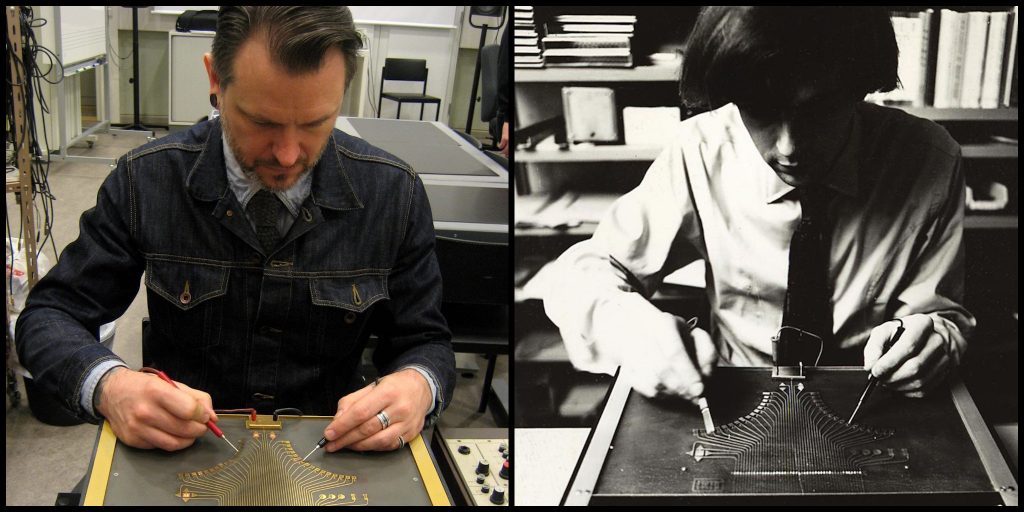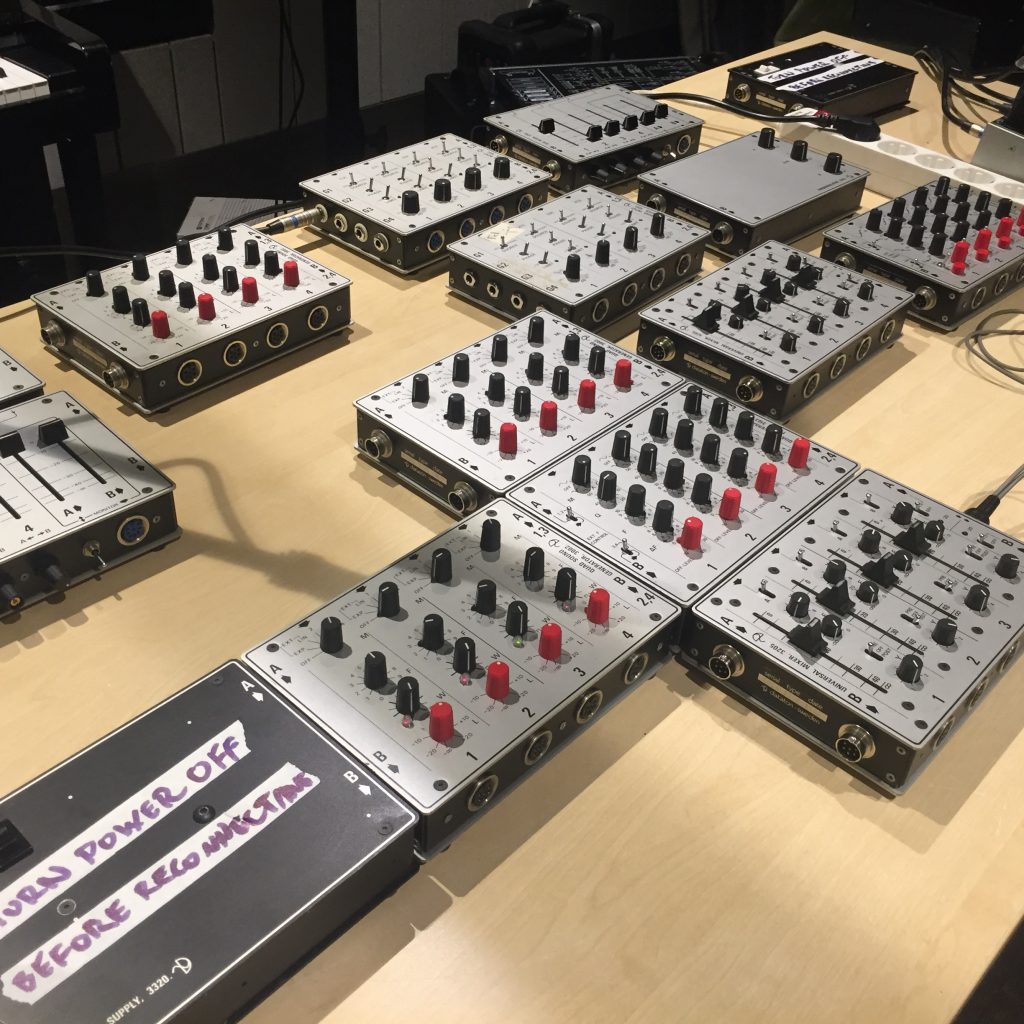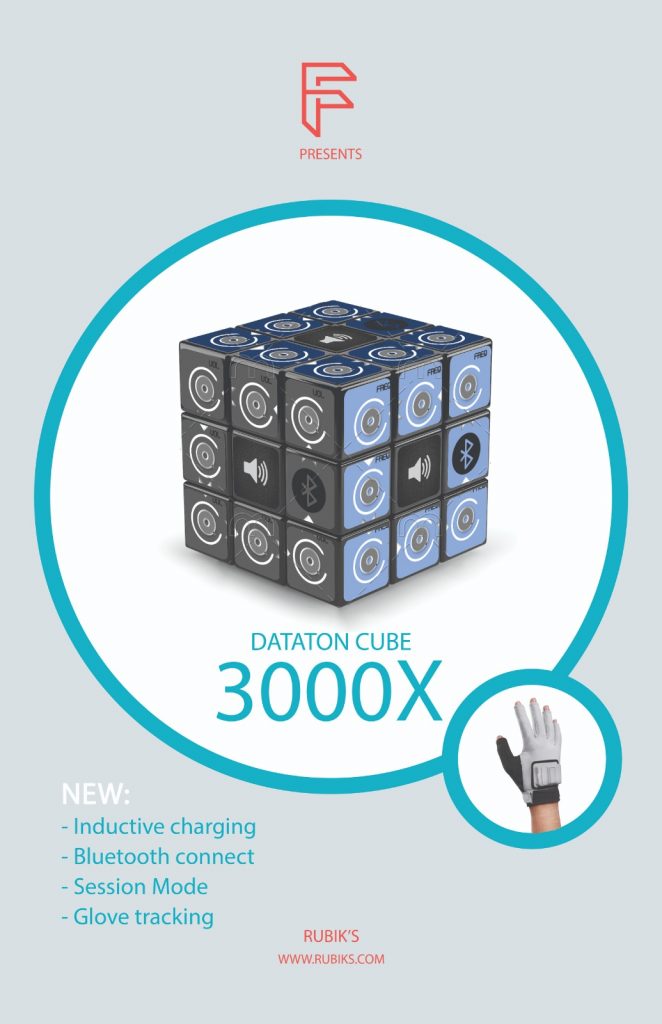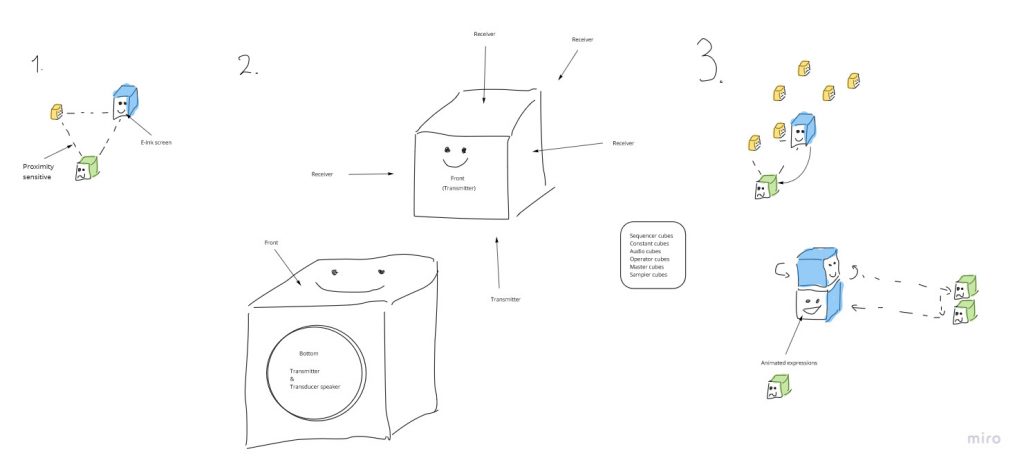Instruments of Futures Passed

Media Archaeology, Design Fiction, and Electronic Instruments
This cooperative learning workshop invites creative minds from any field to investigate the utopian promises of past and future technologies. Using a series of historic electronic sound instruments as our case study, we look backwards in time through media archaeology to trace the hidden histories of technological artifacts. Then leaping forwards in time through design fiction, we enter into a science fiction realm of limitless possibilities and imagination.
By the end of the workshop, each team of participants will have designed, tested, and presented the prototype of a speculative media instrument of the future which has been inspired by one from the past. As these prototypes are essentially non-functioning, no technical skill are required for their design and no technological limitations apply to the objects themselves. Instruments may be presented as text, image, video, sound, performance, or some combination of these practices (see examples below).
Although we begin our discussion with sound instruments, the insights gained through the combined practices of media archaeology and design fiction have much wider applications than electronic music alone. Tresch and Dolan [1] comment on the similarities of musical and scientific instruments as ethical objects which reflect both the epistemic conditions they were conceived within and the aims which their creators imaged for them. In the largest sense, our discussion involves the hopes, dreams, and fears which shape the imagining of new forms of media.
[1] Tresch, John, and Emily I. Dolan. “Toward a New Organology: Instruments of Music and Science.” Osiris, vol. 28, no. 1, 2013, pp. 278–298. http://www.jstor.org/stable/10.1086/671381
Historic Sound Instruments



Examples from Previous Workshops




Further Reading
Holzer, Derek, Henrik Frisk, and Andre Holzapfel. Sounds of Futures Passed: Media Archaeology and Design Fiction as NIME Methodologies. New Interfaces for Musical Expression, New York University Shanghai. 2021.https://nime.pubpub.org/pub/200fpd5a/release/1?readingCollection=bd12ca41
Historically Informed Sound Synthesis at KTH Royal Institute of Technology, Stockholm. https://www.kth.se/hct/mid/research/smc/projects/historically-informed-sound-synthesis-1.1048895
About the Facilitator
Derek Holzer (USA b. 1972) is an audiovisual artist, researcher, lecturer, and electronic instrument creator based in Stockholm. He has performed live, taught workshops, and created scores of unique instruments and installations since 2002 across Europe, North and South America, and New Zealand. He is currently a PhD researcher in Media Technology and Interaction Design at the KTH Royal Institute of Technology in Sweden, focusing on historically informed sound synthesis.
http://macumbista.net
